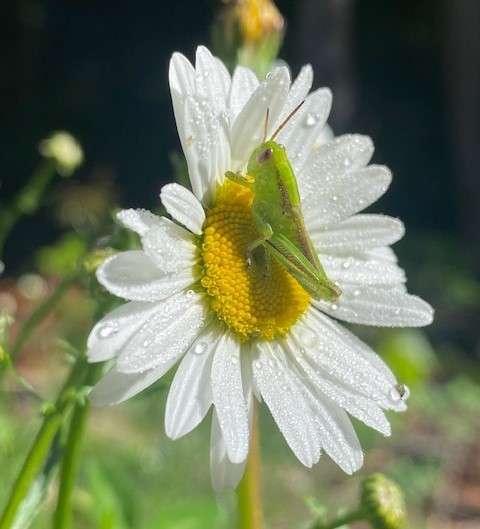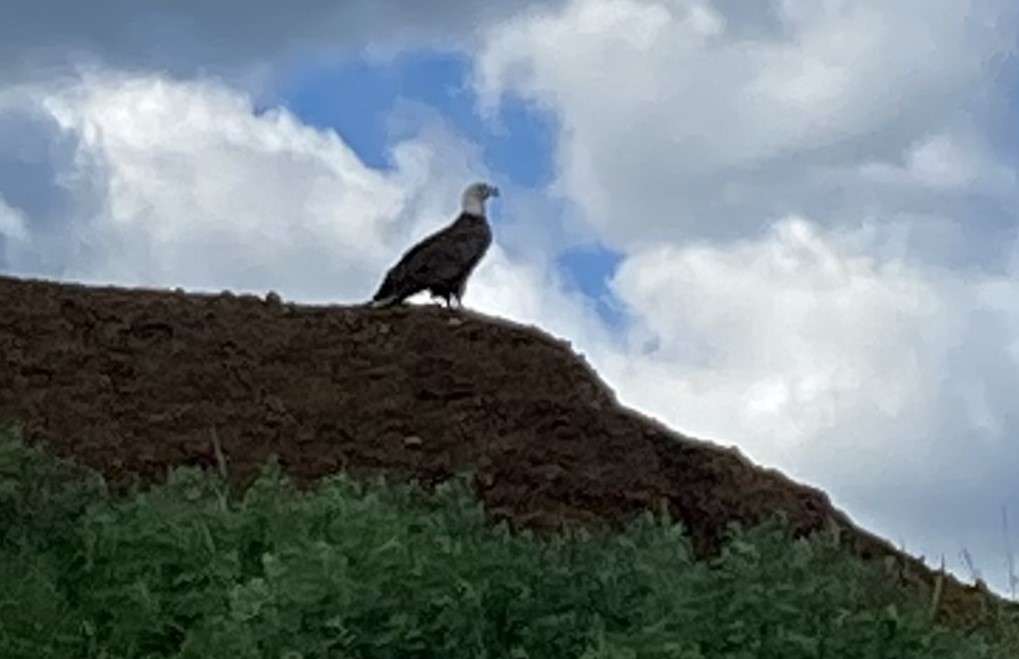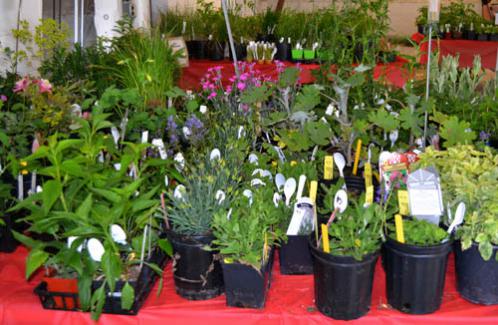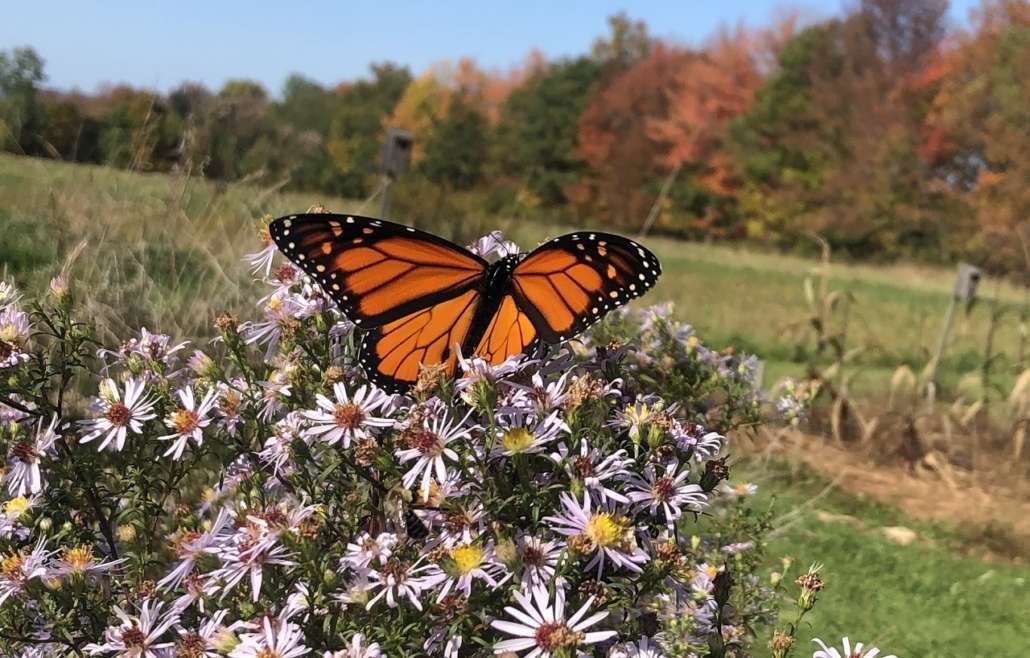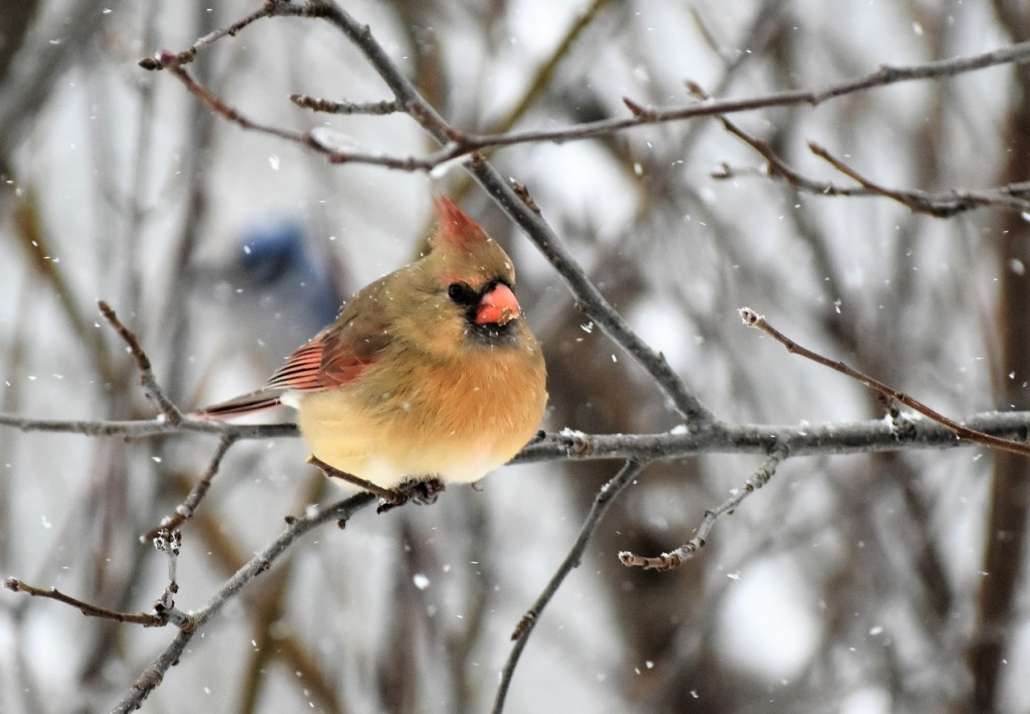SMALL SPACE GARDENING: Grow a beautiful indoor succulent garden
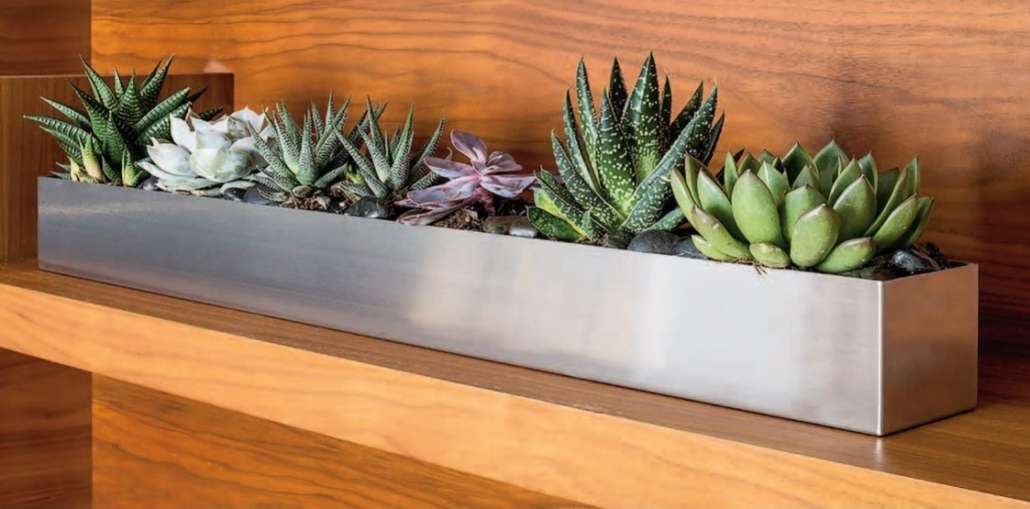
Succulents are low-maintenance houseplants that add interest and beauty to indoor décor. (photo courtesy of Gardener’s Supply Company/gardeners.com)
by Melinda Myers
It’s no surprise that succulents, including cacti, are popular. These easy-care houseplants come in a variety of colors, shapes, and sizes making them perfect for any home.
All you need is a lot of light and benign neglect to raise healthy and beautiful succulents. Place the plants near an unobstructed south, west- or east-facing window.
Don’t let a lack of light stop you from enjoying these beautiful plants in your home. You’ll find many attractive options for displaying your plants while providing the light they need. A single desktop LED plant light, attractive plant light shelves and carts, and furniture-grade light gardens allow you to grow these sun-lovers anywhere in your home.
Grow these plants in cacti and succulent potting mix. These fast-draining mixes help reduce the risk of overwatering which can lead to root rot. Further reduce this risk by using containers with drainage holes that are only slightly larger than the succulents’ root system. Growing them in too large of a container that retains moisture longer can result in root rot, decline, and even the death of your plants.
Water thoroughly whenever the top inch or two of soil is dry. Some gardeners check the soil moisture at the drain hole to ensure it is dry and the plants need to be watered. Always pour off any excess water that collects in the saucer.
Avoid water collecting in the rosette of leaves or the cluster of prickly stems that can lead to crown rot. Use a watering can like the Haws Indoor Watering Can which has a long narrow spout that allows you to reach under the plants to water just the soil.
Make slight adjustments in your watering regime and growing environment as the seasons change. Adapting to changing conditions will keep your plants healthy and looking their best year-round.
Find a cool, sunny, draft-free location for your cacti and succulents in the fall and winter. Maximize the amount of light the plants receive by moving them to the sunniest, usually south-facing, window in your home. Water thoroughly but only when the top few inches of soil are dry and just often enough to keep the plants from shriveling. These changes in the growing conditions often encourage a spring display of colorful and unique flowers.
Boost your succulents’ natural beauty by displaying them in unique containers or places in your home. Create a living wall display with a 3-tier vertical wall planter (gardeners.com) or Mini Magnetic Galvanized Planter Pockets.
Grow a succulent centerpiece that can be enjoyed year-round. Plant a variety of succulents in a long narrow planter like the Veradek GEO Series Planter boxes. Display it on the table, and if needed, move it back to its sunny location between dinner parties. Small containers like the heart-shaped concrete tabletop planters allow you to create an attractive dish garden even when space is limited.
Whether you’re a busy, experienced, or new indoor gardener, creating a succulent garden may be just what you need to brighten your home and elevate your mood.
Melinda Myers is the author of more than 20 gardening books, including Small Space Gardening and Midwest Gardener’s Handbook, 2nd Edition. She hosts The Great Courses “How to Grow Anything” DVD series and Melinda’s Garden Moment TV & radio program. Myers is a columnist and contributing editor for Birds & Blooms magazine and was commissioned by Gardener’s Supply for her expertise to write this article. Her website is www.MelindaMyers.com.


